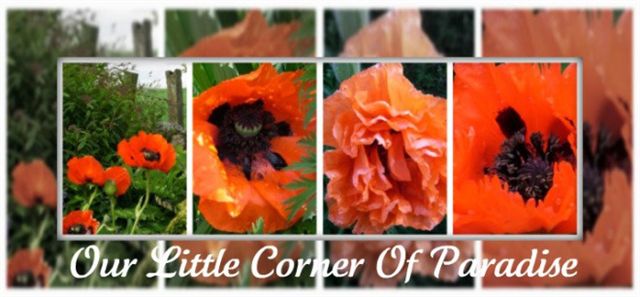
 One day during that first summer, when the rain put an end to any plans for working outdoors, we decided to go to the National Library to search for a map of our village around 1900. Apart from a few new houses, it was amazing how little the village had changed.The outbuilding was clearly marked as three dwelling houses. After making enquiries from the oldest resident in the village, we discovered that it had indeed housed three separate families in the dim and distant past. But the last occupants had left in the sixties. Since then it had been used as sleeping quarters by Irish potato-pickers, who came here to work for the duration of the potato harvest. As this had been a regular occurence each year, the building had become known locally as Little Dublin.
One day during that first summer, when the rain put an end to any plans for working outdoors, we decided to go to the National Library to search for a map of our village around 1900. Apart from a few new houses, it was amazing how little the village had changed.The outbuilding was clearly marked as three dwelling houses. After making enquiries from the oldest resident in the village, we discovered that it had indeed housed three separate families in the dim and distant past. But the last occupants had left in the sixties. Since then it had been used as sleeping quarters by Irish potato-pickers, who came here to work for the duration of the potato harvest. As this had been a regular occurence each year, the building had become known locally as Little Dublin.As it now stood, it was in a state of disrepair. From the inside we could smell the mustiness. The back wall is built into the land, as was the habit of many old stone houses in these parts. A green line half-way up the wall, and across the whole length of it, told its own tale of dampness. A lot of the little window panes were broken or missing. Under three of the windows, the wall had collapsed entirely, letting in fresh air and rainwater.
From the outside too, the building looked in a sorry state. There were worrying gaps between most of the stones. There was no guttering, so the rain ran down the corrugated tin roof in little rivulets and formed deep puddles around the front of the building. Flakes of paint, once a coat of pristine white, were in parts a dampish-green colour and sparse at that. But I loved this old empty shell of a building with all its olde-worlde charm. It, and not the new bungalow we now occupied, had drawn me like a magnet.

No comments:
Post a Comment